Categories
- Technical Support (5)
- Blog (27)
Laminated glass is composed of two or more pieces of glass with one or more layers of organic polymer interlayers sandwiched between them. After special high-temperature pre-pressing (or vacuuming) and high-temperature with high-pressure processes, the glass and the interlayer are permanently Bonded as a composite glass product.
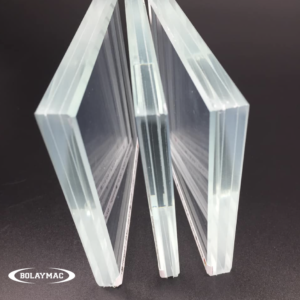
As a kind of safety glass, when the laminated glass is broken by impact, due to the bonding effect of the two ordinary glass interlayer films, it will not produce sharp fragments and hurt people like ordinary glass when it is broken. At the same time, the sound insulation and sunlight control properties of the interlayer film make it a new type of building material with energy saving and environmental protection functions: the use of laminated glass can not only isolate the 1000Hz-2000Hz coincidence noise that can penetrate ordinary glass, but also Can block more than 99% of ultraviolet rays and absorb heat in the infrared spectrum. As a new type of building material, laminated glass is bound to play a huge role in the use of safety glass.
Commonly used interlayer films for laminated glass are: PVB, SGP, EVA, PU, etc.
PVB and EVA are the most common and widely used two kinds of laminated glass interlayers. Today, let’s learn about the difference between PVB and EVA.
PVB is short for Polyvinyl Butyral.
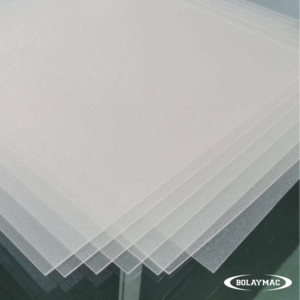
EVA is short for Ethylene Vinyl Acetate.
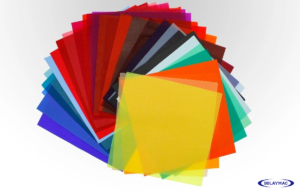
The main differences between PVB film and EVA film are as follows:
1. The resins used are different:one is EVA resin and the other is PVB resin.
2. The processing temperature is different:the processing temperature of EVA film is about 110 degrees, and the temperature of PVB film is 120-130 degrees.
3. The processing equipment used is different:the glass deep processing equipment of EVA film is a EVA glass laminating machine, which is easy to operate and has a low cost. The disadvantage is that it cannot be mass-produced;The glass deep processing equipment of PVB film is laminated glass production line + autoclave, which has high cost and complicated operation. After lamination, it needs to be pre-pressed, and then heated and pressed into the autoclave. The advantage is that it can be mass-produced, but the disadvantage is that the processing cost is high if glass order is less.
4. The processing and storage conditions is different: PVB needs to be stored at low temperature (18-22 ℃) and dry (humidity 25%-40%), especially the humidity requirements are very strict, and processed at high temperature (120-140 ℃) ) high pressure (1.0-1.5MPa), mostly produced by autoclave; EVA storage conditions are relatively low, the temperature does not exceed 30 ℃, the humidity is less than 80%, the equipment requirements for lamination are also low, and the degree of vacuum ≥700mmHg (0.092Mpa), the temperature is 100-110℃; the lamination process of PVB is more complicated than EVA, the time is longer, and the energy consumption is also large.
5. The water absorption rate is different:the water absorption rate of EVA film is extremely low, less than 0.1%; the water absorption rate of PVB film is high.
6. The machine dimension is different: EVA lamination furnace needs 6000L x 2200W x 2000H mm, PVB lamination line needs 47000L x 9000W x 4000H mm.
7. The fields of glass application are different: EVA laminated glass is mainly used for indoor partition and decoration because of the low melting point of EVA film. It is suitable for laminated glass with the EVA film interlayer and wire mesh or fabric mesh to make decorative glass with rich patterns and materials; or suitable for outdoor low-rise glass, because if it is used for outdoor high-rise, the film will soften when the outdoor temperature is high, which will reduce the viscosity. The combined strength is easy to cause the glass to fall off; EVA has good water resistance, but the UV resistance is average, and it is easy to yellow and age in sunlight. Generally, EVA is not suitable for outdoor curtain walls.
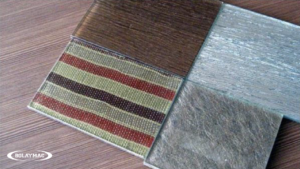
PVB laminated glass has good characters of safety, sound insulation and UV resistance. The aging resistance of PVB is stronger than that of EVA, and the impact resistance of PVB is also stronger than that of EVA. PVB laminated glass is widely used in architectural glass such as outdoor or curtain wall and automobile windshield because of the high melting point and high temperature resistance of PVB film.
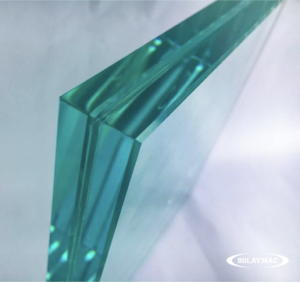
8. The price is different: the same thickness, the price of EVA film is low, and the price of PVB film is high.